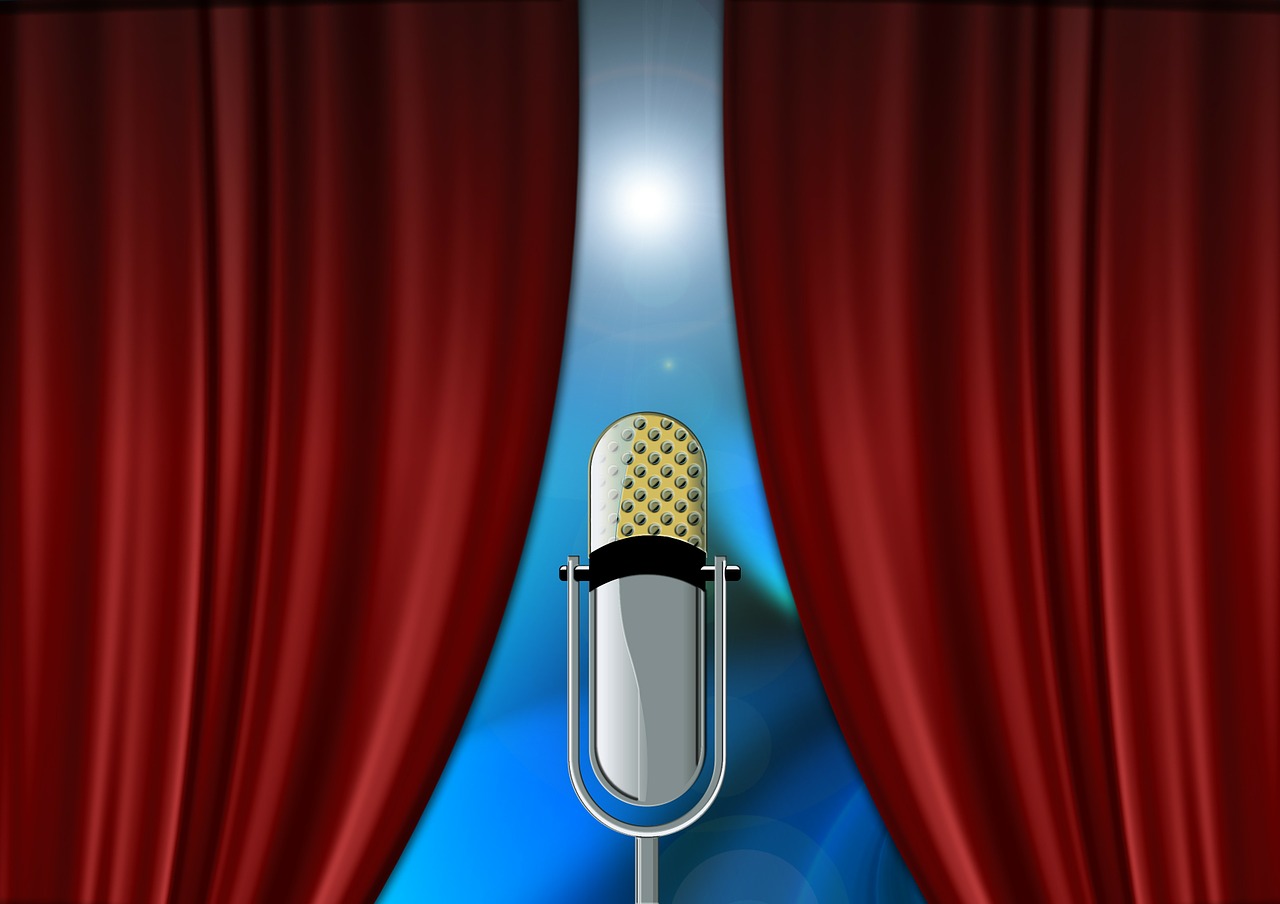 What if this happened to you? You prepare a presentation, and then the public speaker before you uses up all the time. What if you only had 6 seconds? Would you give a presentation or would you pick up your marbles and go home?
The public speaking game has changed.The digital age requires speed, brevity, and clarity. Public speakers are competing with technology. Your presentation has to be more compelling than their texts. Audience attention spans are shrinking. They're expecting 18 minute TED talks. Presentations are getting shorter and shorter, especially video presentations.
What if this happened to you? You prepare a presentation, and then the public speaker before you uses up all the time. What if you only had 6 seconds? Would you give a presentation or would you pick up your marbles and go home?
The public speaking game has changed.The digital age requires speed, brevity, and clarity. Public speakers are competing with technology. Your presentation has to be more compelling than their texts. Audience attention spans are shrinking. They're expecting 18 minute TED talks. Presentations are getting shorter and shorter, especially video presentations.
So as a public speaker, how do you present value in less time?
It's important to get to the point quickly. It's harder to give a speech in 10 minutes than in one hour. Less time requires more focus.
This month, the National Speaker's Association has their annual convention. The theme is Influence 2015. All professional speakers were challenged to submit a 6 second presentation. As a seasoned public speaker, the shortest video presentation I've given is 1 minute. So I decided to take the public speaking challenge!
Here is my 6 second presentation:
So now I'm challenging you to send me a video of your 6 second presentation. Submit the link to your video in the comments below. I'll be timing you!


 Are you a perfectionist? Get over it. It's killing your presentation. In every
Are you a perfectionist? Get over it. It's killing your presentation. In every 
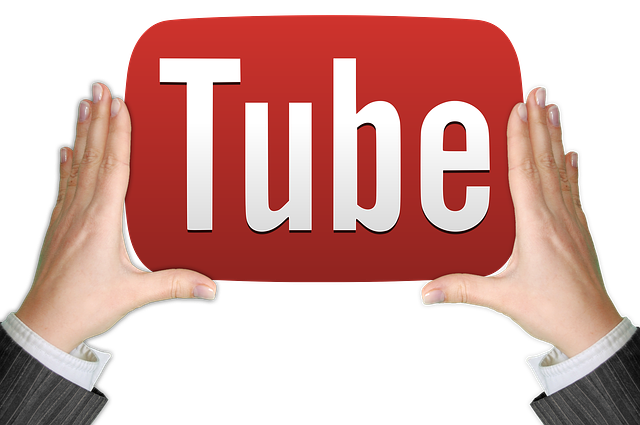 Anthrax isn't the only bacteria we need to worry about. There's a vocal virus that is sweeping the nation.
In the last few days, I've been getting more responses to a video on
Anthrax isn't the only bacteria we need to worry about. There's a vocal virus that is sweeping the nation.
In the last few days, I've been getting more responses to a video on 
 What would you say if you were asked to give a commencement address? You don't have to be famous to
What would you say if you were asked to give a commencement address? You don't have to be famous to 
 We've all been there - the racing heart, the sweating palms, the cotton mouth. Many clients call me because they're nervous or experiencing
We've all been there - the racing heart, the sweating palms, the cotton mouth. Many clients call me because they're nervous or experiencing 
 Do you need a check-up from the neck up? May is Better Speech and Hearing Month and all month I'll be sending you tips on
Do you need a check-up from the neck up? May is Better Speech and Hearing Month and all month I'll be sending you tips on 
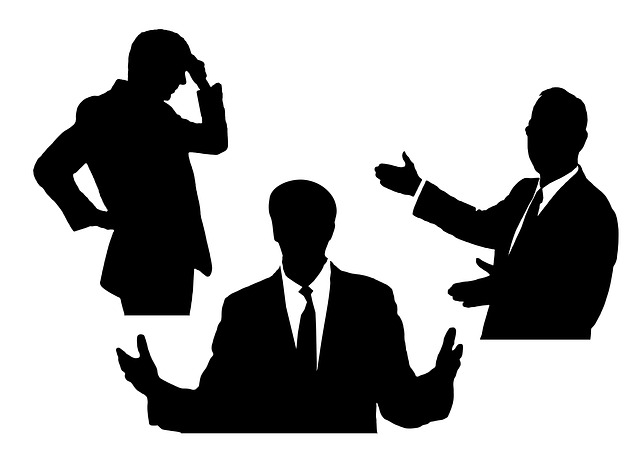 What's more important? Style or Substance? Sizzle or Steak? I ask this question in my public speaking and
What's more important? Style or Substance? Sizzle or Steak? I ask this question in my public speaking and ![By Wikimania2009 Beatrice Murch (originally posted to Flickr as Audience) [CC BY 2.0 or CC BY 3.0], via Wikimedia Commons](http://static1.squarespace.com/static/584471bcd2b857fe8823846d/584aee108eaa8960076ec201/584aee288eaa8960076ec54a/1481305640928/Audience_-_Stallmans_pre-Wikimania_2009_talk_-_Wikimania_2009.jpg?format=original) Does your
Does your 

 What does Valentine's Day have to do with
What does Valentine's Day have to do with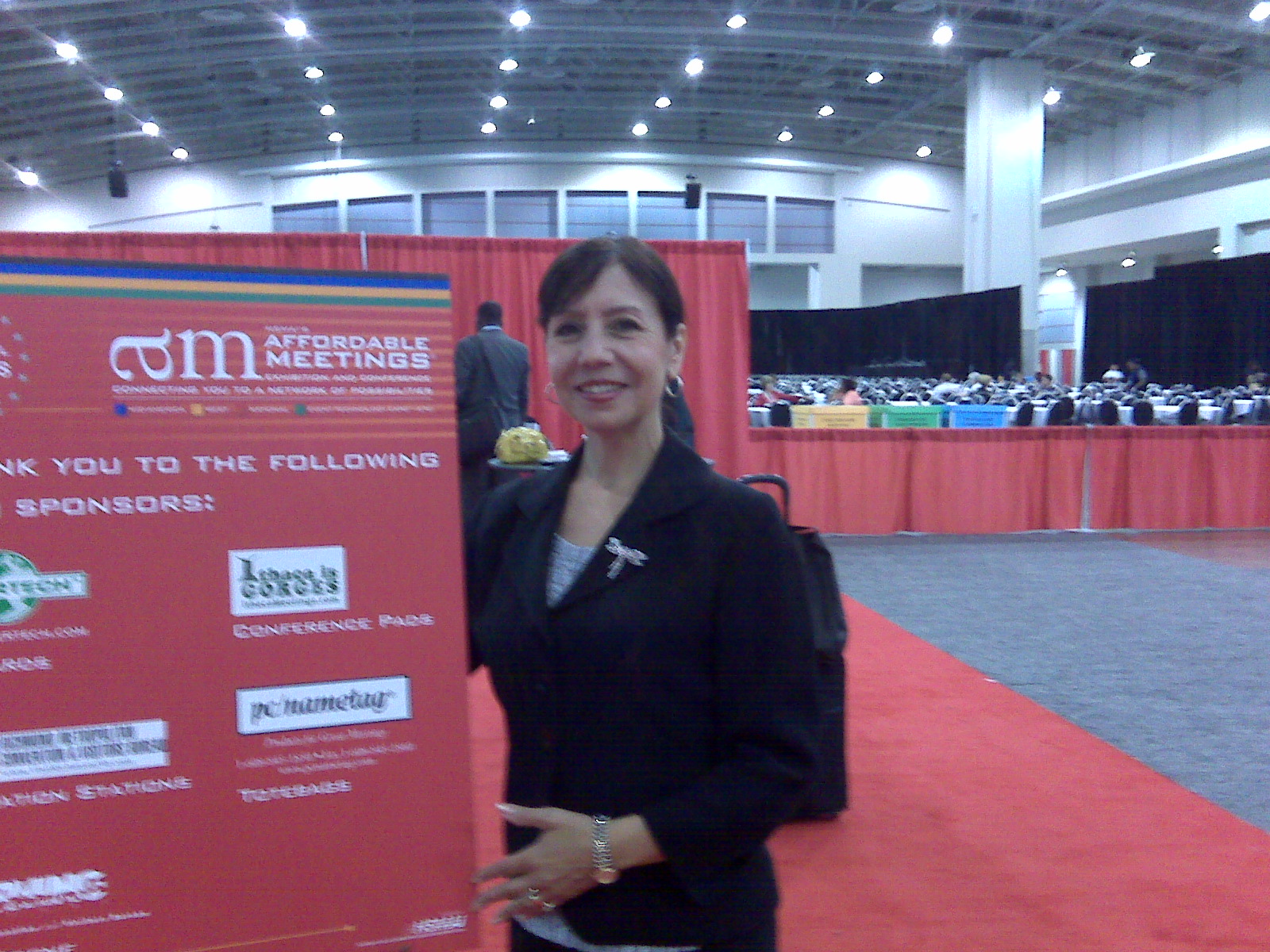 When I first started out as a stand up trainer working with sales groups, I heard a piece of advice. The senior facilitator told me that sales people “don’t
When I first started out as a stand up trainer working with sales groups, I heard a piece of advice. The senior facilitator told me that sales people “don’t  It's January 15th. Have you broken your resolutions already? In 2015, the bar has been raised. The world is watching
It's January 15th. Have you broken your resolutions already? In 2015, the bar has been raised. The world is watching 
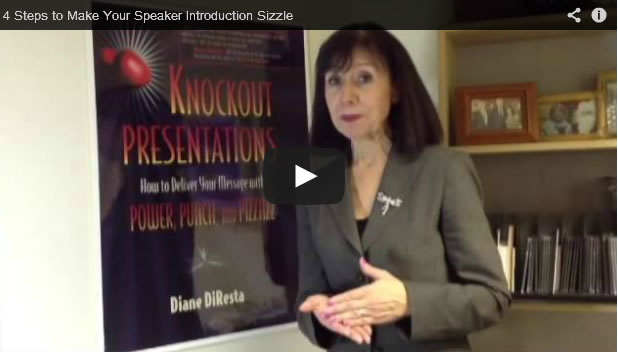 If you've ever had someone introduce you before your talk, you know how that person can make or break your presentation. The introducer is your warm-up act and sets the tone. A dispassionate presenter can take the energy out of the room and put a damper on the event. A good introduction gets the audience ready to receive you and your message.
So how does an introduction set you up for success? Watch this video and learn a 4 step process for giving a winning speaker introduction.
If you've ever had someone introduce you before your talk, you know how that person can make or break your presentation. The introducer is your warm-up act and sets the tone. A dispassionate presenter can take the energy out of the room and put a damper on the event. A good introduction gets the audience ready to receive you and your message.
So how does an introduction set you up for success? Watch this video and learn a 4 step process for giving a winning speaker introduction.
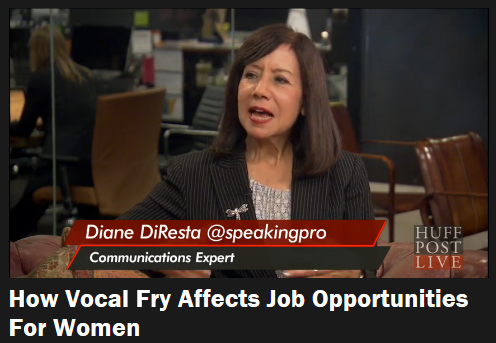 Does your voice crackle like bacon? You may have
Does your voice crackle like bacon? You may have